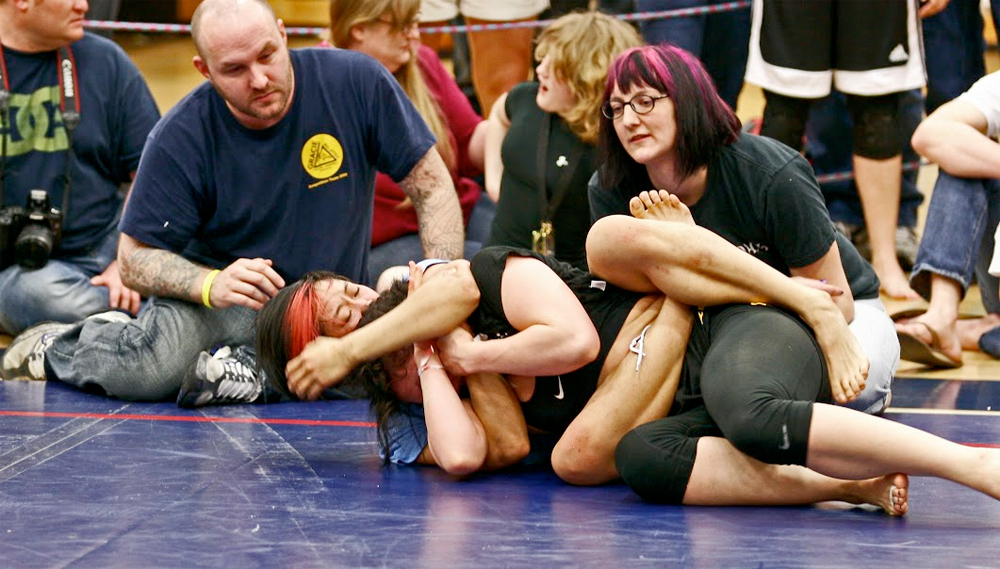One-and-out no way to play scholarship game
DALLAS – One Baylor basketball player is dead. Another faces charges for his murder. How culpable for this tragedy, if at all, is the private, faith-based university in Waco that they attended? We don’t know yet.
But there is a good chance that Patrick Dennehy would be alive and Carlton Dotson would be a free man if not for a change the NCAA implemented 30 years ago in its rules about awarding athletic scholarships. In 1973, the governing body of college sports did away with four-year scholarships in favor of one-year renewable grants.
For all intents and purposes, student-athletes at that moment became employees of the athletic department, unpaid employees at that. To be sure, one side effect of the rule change was that coaches who had scholarship athletes who were failing to live up to their dreams started cutting them loose, firing them. At the end of a disappointing season on the field or in the gym, they’d get called into a coach’s office and told they were no longer wanted. Their scholarship was not getting renewed.
That was how Dennehy and Dotson wound up crossing paths in ousted Baylor basketball coach Dave Bliss’ program. Bliss lured Dennehy from New Mexico to take the roster spot of Dotson, whose services Bliss no longer desired.
In the college athletic industry, they call that well-known practice “running players off.” How much it happens is anyone’s guess. But it should never happen. A coach ought to decide a student-athlete’s playing time. His continued matriculation should be left to the provost’s office.
Michael Oriard, the Oregon State professor and former Notre Dame and NFL standout who authored King Football, says the one-year scholarship “is sort of the stealth bomb of college athletics.”
It needs to be detonated.
Its biggest danger isn’t the horrific occurrence at Baylor. Something so bizarre hadn’t happened before, thank goodness, and isn’t likely to happen again.
But if college athletics’ keepers are really concerned about the student-athlete’s ability to get a college education, they can underscore that with better educational insurance. A four-year scholarship linked to the academic office is better educational insurance than a one-year deal linked to a coach’s whim.
The one-year deal is why voluntary out-of-season practices become mandatory, as if the college player is some NFL pro.
If a kid doesn’t live up to athletic expectations, that’s too bad. The coach should have to live with his poor assessment of athletic talent or inability to develop it. But the kid should be able to pursue his degree rather than having it treated like remuneration for his field goal percentage.
As the Drake Group, a faculty coalition led by one-time Tennessee whistler-blower Linda Bensel-Meyers, suggests: “The NCAA must first acknowledge how its scholarship policies have blurred the distinction between college athletes and professionals if its proposals for reform are to be taken seriously.”
The NCAA could end the hypocrisy by allowing athletes to share in the profits, the Drake Group says. But rather than move to full-scale professionalism, the coalition sees “a far more practical alternative”: the elimination of the renewable athletic scholarship.
The Drake Group wants need-based financial awards to replace athletic grants-in-aid, or have outstanding student-athletes treated like, say, outstanding student-thespians. After all, most college scholarships are need-based rather than grants. Once again: Why should student-athletes be treated not only differently, but more favorably?
Athletic scholarships were need-based when they were introduced in the first half of the 20th century. It wasn’t until 1956 that the NCAA instituted the so-called “free ride,” a scholarship paying only for room, board, tuition and fees. Scholarships effectively became binding contracts with the athletic department in the late ’60s, when the NCAA said scholarships could be terminated for students who quit playing sports.
It’s past time now to push the pendulum back the other way toward the classroom and away from the weight room.
A four-year, need-based award for student-athletes is not merely the height of an idealistic thought. The smallest colleges and least commercial, those in Division III, use it. So do the Patriot League and the Ivy League, both of which play I-AA football but top-level basketball.
“The need-based model could work if everyone in a conference chose to stick to that principle,” said Don Vaughan, Colgate’s hockey coach-turned-interim athletic director. “The problem comes in that most of the conferences across the country have moved beyond that.”
The need-based concept, however, is disappearing. Patriot League schools such as Colgate are slowly but surely changing the way they attract and reward student-athletes, getting more like everyone else. Colgate is in the first year of phasing in athletic scholarships instead of need-based aid for basketball players.
“It wasn’t about money,” said Vaughan. “We’re not spending any more money. We’re awarding it differently.”
It’s allowed the school to compete for students who otherwise fell between the cracks of being able to afford a Colgate education and qualify for financial aid. Its recruiting pool is deeper.
But Vaughan said the benefit and principle of need-based aid for college athletes hasn’t been lost on Colgate administrators, which is one reason Patriot League football still doesn’t allow athletic scholarships.
“Philosophically, there’s merit to it,” Vaughan said of need-based aid. “They’re getting their aid because they need it, not because of athletics. As long as you fill out the paper, and you qualify, that aid is there for you.
“That’s the one quality that stands out. At the end of the day, it isn’t tied to athletic performance.”
That’s because the recipient is considered a student.




